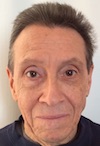 [Shortly after the Berlin Wall came down in November 1989, the Musée de l’Elysée in Lausanne, Switzerland, then a relatively new museum specializing in photography, announced an ambitious plan to bring together the works of dozens of eastern European photographers in a massive group show the next summer.
[Shortly after the Berlin Wall came down in November 1989, the Musée de l’Elysée in Lausanne, Switzerland, then a relatively new museum specializing in photography, announced an ambitious plan to bring together the works of dozens of eastern European photographers in a massive group show the next summer.
I’d met Charles-Henri Favrod, founding director of the Musée, along with his second in command, Philippe Lambelet, at the Arles photo festival in July 1989. We’d discussed assorted possibilities for collaboration, which went on hold once the undertook this project. But they invited me to attend, promising to pay my travel expenses and cover my lodging and food.
The travel stipend never materialized; I ended up paying my own way to and from the event. At the time, I had multiple outlets for my writings, here and abroad, so I amortized a small slice of the expense by syndicating the report below. It appeared first in the December 1990 issue of Photo Metro, a Bay Area “little” magazine in which I published a regular column, then later in several other journals. I offered a version of the story to Kathy Ryan of the New York Times, but they passed on it.
Given the free flow of people, books, periodicals, and images that now exists between eastern Europe and other countries, facilitated by a new infrastructure there (schools, museums, festivals, publishing houses, magazines, websites), it’s hard for anyone accustomed to the present state of affairs to imagine how things looked and felt just before and just after this transition. Perhaps my report captures something of the spirit of that moment. Part 1 appears below; click here for Part 2. — A. D. C.]
•
Letter from: Lausanne, No. 19
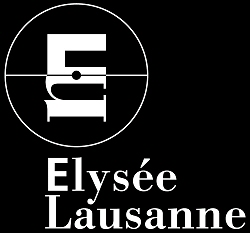 Pretend that this letter got lost in the postal system of an enormous, collapsing bureaucracy, and is arriving in your mailbox six months after it was written. This will set an appropriate tone for the following report on the state of photography in what not so long ago was called the Eastern bloc.
Pretend that this letter got lost in the postal system of an enormous, collapsing bureaucracy, and is arriving in your mailbox six months after it was written. This will set an appropriate tone for the following report on the state of photography in what not so long ago was called the Eastern bloc.
Late last winter, the Musée de l’Elysée in Lausanne, Switzerland set in motion an ambitious project: a massive survey of Eastern European photography. Clearly this would be an important, timely project. More and more work has been trickling out of the East in recent years, but no one had attempted a comprehensive overview; indeed, the last one I can recall was a 1970 touring show of work from the U.S.S.R. that was useful and sometimes strong but conservative and less than fully informative — perhaps because it was state-sponsored. Certainly a fresh look was overdue — especially with the transformation of Eastern Europe the hottest topic in the news.
The Musée gave itself little time to pull off this monumental effort: The deadline was June 15, some four months away, so that the exhibit’s opening would coincide with the celebration of the Musée’s fifth anniversary at its annual “week of photography,” which culminates in an already-traditional “nuit de la photo,” a soirée in which thousands of people from Lausanne and elsewhere swarm into the museum’s indoor exhibition spaces and grounds for a night of exhibitions, slide shows, performances, media events, and more.
Though it made its debut only in 1985, the Musée has already become a force to be reckoned with on the European photography scene. Directed by Charles-Henri Favrod (who, among other achievements, produced Marcel Ophuls’s film, The Sorrow and the Pity), the Musée is a regionally sponsored institution with international aspirations. Its diversified exhibitions, most of which it originates in-house, travel throughout Europe; it has a strong publications program and an extensive line of postcards and posters. Many people swear by it, but I’ve heard a few swear at it as well.
Funded by the canton of Vaud, one of the almost two dozen districts into which Switzerland is divided, the Musée is housed in a beautiful old hillside chateau overlooking Lausanne’s Lake Ouchy. The building itself holds four different exhibition spaces, each with its own character: a large attic, with a somewhat rustic atmosphere, usually reserved for the display of historic work; the main floor, a suite of elegant, airy, high-ceilinged rooms; the lower level, a warren of intimate-scaled, cave-like spaces; and, carved from the rock below that, a long, echoey chamber with a high, vaulted ceiling.
This variety makes it possible to suit the display space precisely to the work; the Musée normally mounts four exhibitions a month, one in each of these spaces. (The building also includes the Musée’s administrative offices and some archival space, though its conservation/restoration and main storage spaces are elsewhere; the spacious grounds permit the erection of outdoor stages and screens for special events.)
Whereas Switzerland’s national museums are empowered to make their exhibition commitments autonomously, cantonal institutions like the Musée must have all their decisions individually approved by their cantonal government. Democratic in principle, this policy is cumbersome in practice; every plan, contract and payment requires negotiation between the Musée and its source of funds, which usually involves months and sometimes takes years. Thus, while the Musée’s small staff permits flexibility and rapid decision-making, the sponsorial superstructure pulls the other way.
This preamble is necessary so that what the Musée attempted can be understood in perspective. Briefly put, sometime last February its director and staff determined that by mid-June, with the help of some outside advisors, they would organize and mount a 2000-print survey of Eastern European photography by some 100 photographers, coordinate a concurrent meeting in Lausanne of some 60 of those photographers, initiate a traveling exhibition and catalogue based on all this activity — and run this enterprise through and around the cantonal political and administrative structure whose imprimatur it would require.
It was a situation rife with crisis, and prone to crisis management. The Musée’s staff plunged into this project wholeheartedly — leaving many prior commitments hanging fire or broken. Favrod, Philippe Lambelet, Irene Attinger and their colleagues did indeed seize the day, acting promptly on their intuition that this was the historic moment at which to bring this work before the eyes of the west. Yet they were forced to operate so precipitously that what should have been key pieces of this project— the traveling version of the exhibit, an accompanying publication, press coverage from outside western Europe — were not put in place. Given the time frame, getting the work and the photographers to Lausanne became the project, at least in its first phase.
This the Musée accomplished; by my lights, they did it well. One result was to introduce into the current international dialogue on and around photography 100 bodies of work, most of them new to western eyes, representing nine nations from whose citizenry we’ve seen precious little photographic imagery in this century. (In the final tally there were three dozen Czechs; a dozen or more from Poland, Hungary, Lithuania, and what was then still called East Germany; and smaller numbers of Russians, Bulgarians, Ukrainians and Romanians.) Another consequence, not coincidental by any means, was to establish the Musée as the preeminent Western European sponsor of Eastern European photography.
To my surprise, I found myself the only North American journalist in attendance for the first week of the exhibit’s run, during which the gathering of Eastern European photographers also took place. I’ve visited the Soviet Union twice, in 1964 and 1988; and, for reasons too complex to go into here, spent a good bit of my childhood and adolescence among Eastern bloc scientists and diplomats visiting the United States. But I’ve had no professional interaction with the Eastern European photography scene, so this was as new to me as it was to them. (Click here for Gérard Courant’s 4-minute silent video portrait of me — from the series he produced of all the attendees — made on June 22, 1990.)
What did I learn? Well, while East may be East and West West, the twain is certainly meeting — yet they are barely on speaking terms, even with themselves. The Musée’s administration had assumed, somewhat naively, that these photographers had so much in common, including language, that it was only necessary to put them together in the same room to instigate dialogue. Toward that end a common dining tent was set up on the hillside, everyone was issued meal tickets — and the photographers instantly Balkanized themselves. The Bulgarians sat with the Bulgarians, the Romanians with the Romanians, the Poles with the Poles. Moreover, since Russian is the mother tongue only of Russians, everyone else refused to speak it on principle — instead communicating with those from other nations in halting French, German, English and other tongues.
So far as I could tell from eavesdropping, suspicion was the dominant mood of these encounters. For my part, even after a formal introduction by Favrod himself I could find hardly anyone interested in talking with a critic from the U.S. about anything — their own work, the photo scene in their country, photography in the States, theory, history. It wasn’t the language barrier. Partly it may have been the fact that there’s really no such thing as a professional photo critic in Eastern Europe. But mostly it seemed to be a matter of elementary distrust of speaking to strangers, since you never know who they might be. (Under the circumstances, I decided to refrain from disclosing the CIA infiltration of the U.S. gallery/museum circuit.)
This distrust manifested itself in other ways also. For instance, at mid-week — after a good bit of coverage of the exhibition has appeared in the Western European press — the Soviet photographers banded together to demand an accounting from the Musée of the monies they assumed the Musée had received for publication rights to the pictures that had illustrated these reports and reviews. In the U.S.S.R., it seems, whenever a photo is published the photographer receives some payment; where was their money? It took a full day of discussion to make it clear that in the West press prints are provided free of charge to periodicals; and, despite the assurances of experienced colleagues like Poland’s Krzysztof Pruszkowski, some of the photographers remained convinced that the Musée, or somebody, was pocketing their honoraria.
The Musée did everything it could to alleviate such anxieties — speaking frankly with the photographers, calling an open meeting to discuss the policies and practices that had regulated the project, offering equal sums for the purchase of work towards the traveling version of the show. For that matter, the show itself was mounted not at the Musée but at the Palais de Beaulieu, a convention center and trade-fair site across town. Like Rex Stout’s obese detective, Nero Wolfe, who requires everyone entering his office to sit because he “prefers eyes at a level,” the Musée thereby eliminated an inevitable flood of complaints about favoritism by putting all the images on identical modular panels in the same large space.
As for the show, “One Hundred Photographers from the East,” its major fault — overwhelming size — was also one of its virtues, and part of its very premise. My own two visits were not nearly sufficient to encompass it, and I doubt that most attendees spent as much time with it as I did. What, then, was the purpose of operating on this scale — especially since no catalogue recording the entirety of this version of the show will ever be available, and the traveling version of the exhibit will necessarily be much smaller? Was it to please the photographers, or to send back to their homelands the message that they and their work were valued? Was it simply to benefit the Lausanne audience and those in the field who, like me, managed to get ourselves there? Might it not have made more sense to do the show in two installments, or to do a smaller exhibit and put more effort into parallel activities such as documentation?
Such a critique — which boils down to “more food than I could eat, and no doggie bags” — ultimately sounds ungracious when one considers the lavishness and substantiality of the feast. After all, here was a rare chance to consider Eastern European photography as a whole, and even to compare it with Western European photography of Eastern Europe: “An Atmosphere of Liberty,” a concurrent show of work by 17 photographers associated with the French journal Liberation and the French picture agency VU, was mounted nearby, at the lakeside Theatre de Vidy.
While I can claim to have seen it all, I certainly have not absorbed it, even six months later — which is why this account is so tardy. Nor am I in a position to certify that what I saw was comprehensive, or truly representative, though I heard no complaints from knowledgeable Eastern or Western European photographers, curators and historians about major biases and omissions, aside from a few caused by political and/or logistical problems the Musée was unable to resolve in time for the opening.
Some general impressions: the Czechs are the freest, the Bulgarians the most morose, the Romanians the least accomplished technically. Specific subject matter aside, the primary difference between Eastern European photography and imagery from the West and Japan is that most of it still black and white; I’d estimate that less than 10 per cent of these works were in color, a remarkable statistic for a massive show of primarily contemporary photography. “Straight,” documentary and photojournalistic attitudes are still prevalent, but directorial imagery, process experimentation, mixed-media work and virtually all other forms of current photographic inquiry are under exploration as well. (Blessedly, the wall labels were generally adequate, and often invaluable.)
During my last visit to the Soviet Union [in summer 1988], I found myself feeling often as though I were walking among an entire population that had awakened one morning to find itself in the psychoanalytic condition of analysands whose most buried secrets had suddenly become available to themselves as the doors of repressed memory were finally forced open. This show bore out that intuition, for as a totality it felt healing yet haunted: by Stalinism, by Nazism, by anti-Semitism. As a nexus for those forces of darkness, World War II still shapes the youth of Eastern Europe, in ways that their U.S. counterparts, oblivious even to the Vietnam War, cannot begin to comprehend.
(Part 1 I 2)
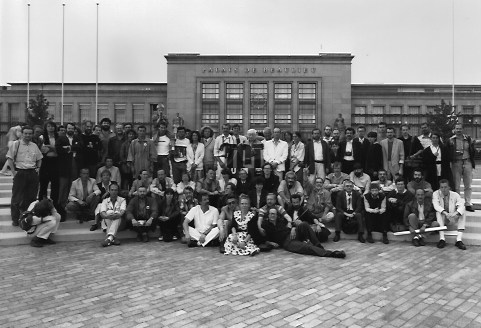
Jacques Straessle,”Eastern European photographers at the opening, Palais de Beaulieu, Lausanne,” June 15, 1990
(I arrived in Lausanne several days after this opening. Click here for Gérard Courant’s 4-minute silent “Cinematon” video group portrait of the attendees, made on the lawn of the Musée, June 19, 1990. I’m in the front row center of that one, in a white jacket.)


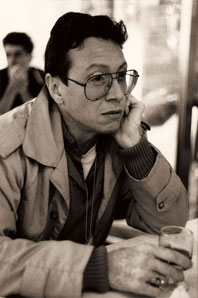
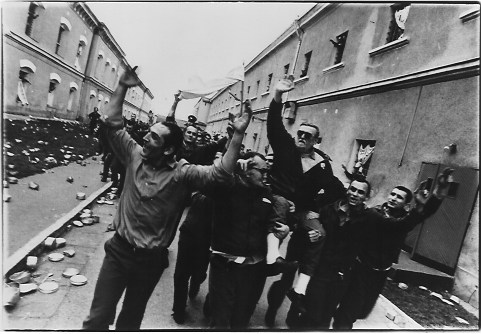
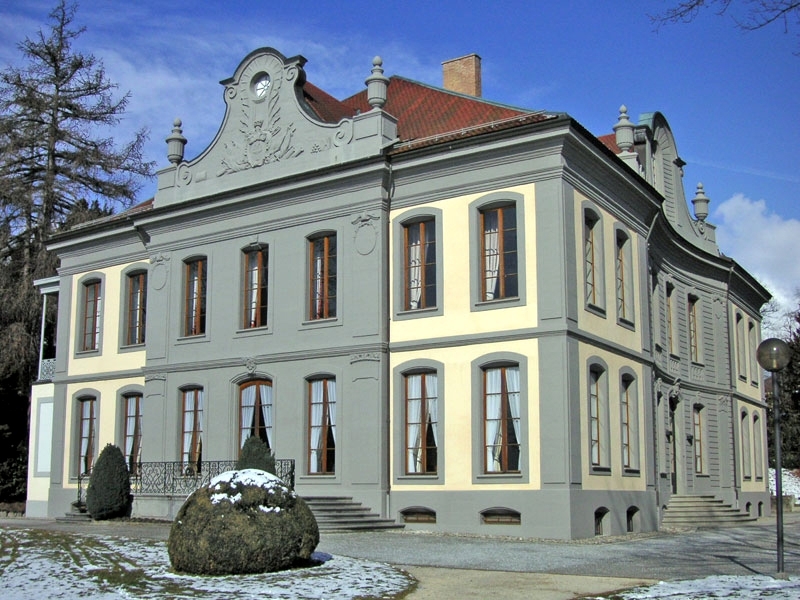
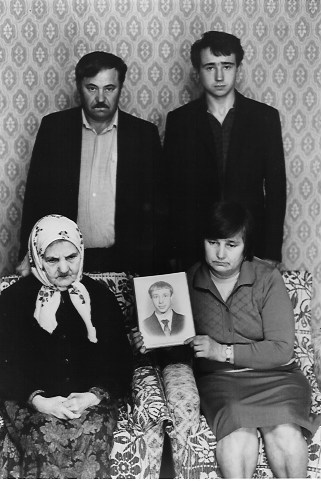
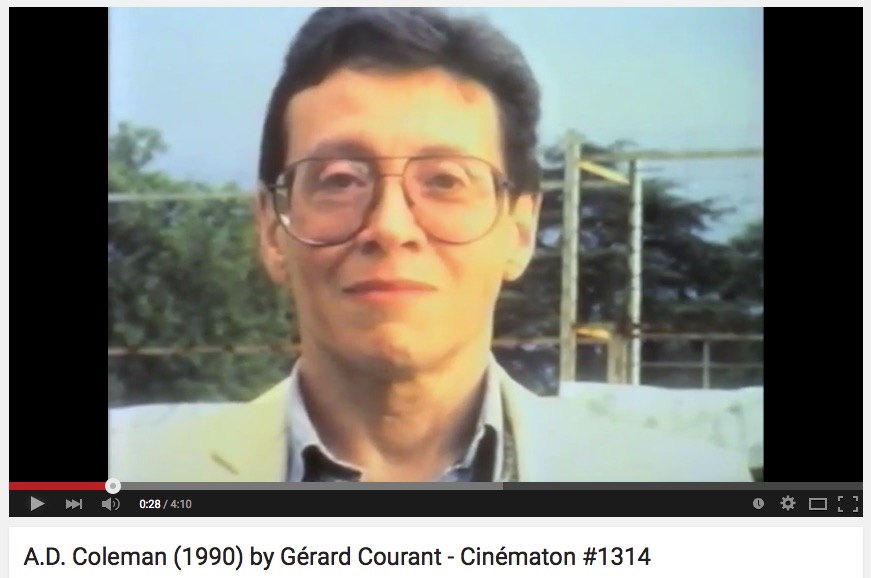
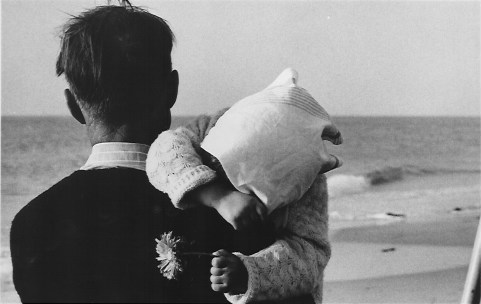
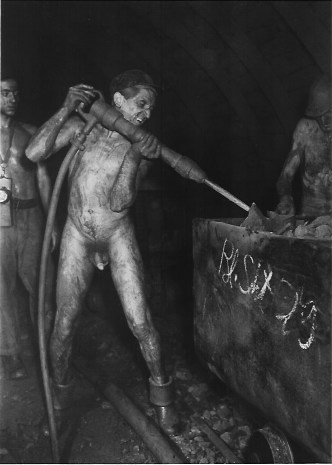
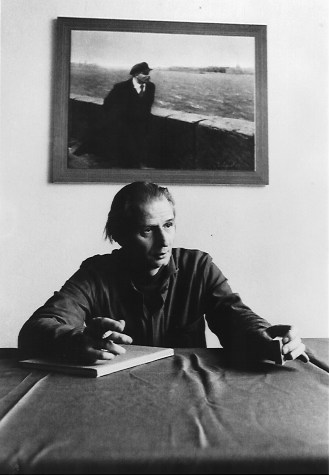




“(Under the circumstances, I decided to refrain from disclosing the CIA infiltration of the U.S. gallery/museum circuit.)”
I’m not sure you meant this to be a joke, but if you did you might find this interesting:
http://www.independent.co.uk/news/world/modern-art-was-cia-weapon-1578808.html
Cheers,
John
The CIA’s subsidy of and use of modern art, music, literature, and other creative forms for propaganda purposes has been a matter of public knowledge for decades, as indicated by this article by Frances Stonor Saunders, datelined October 22, 1995. So that hardly comes as news, at least around these parts.
So I didn’t mean that in jest. Photography has had its own CIA contingent: Both noted photography dealer Harry Lunn and photographer/biographer/historian Hank O’Neal (ho published books on Berenice Abbott and the FSA), among others, were ex-CIA — and, as common knowledge has it, there’s no such thing as “ex”-CIA.